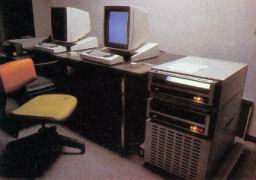
Two of the Xerox Alto personal computers:
Each Alto processor is made
of medium- and small-scale TTL integrated circuits, and is mounted
in a rack beneath two 3-megabyte hard-disk drives. Note that the video
displays are taller than they are wide and are similar to a page of
paper, rather than standard television screen. |
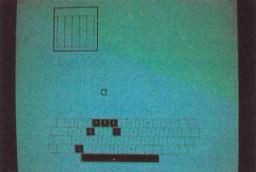
Display from the keyboard-test program:
The Alto keyboard has a separate
signal line for each key and can thus tell when any number of keys
are being pressed simultaneously. In the display, the black keys are
being held down. The small square above the keyboard represents the
mouse (see photo 4); one mouse key is also pressed. |
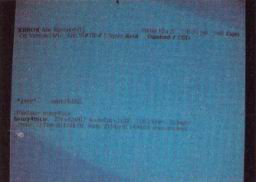
Examples of Alto software:
Display of the Alto Executive, with an
example of star and question-mark notation. |
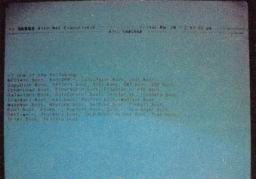
Examples of Alto software:
NetExecutive (similar to the Alto Executive,
but it allows access to resources on the Ethernet. |
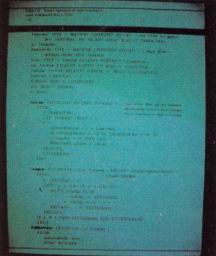
Examples of Alto software:
Typical Mesa program being edited by Bravo;
note the different typefonts used in the program listing. |
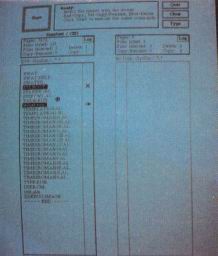
Examples of Alto software:
Directory from the Neptune directory editor.
The file names in black have been selected for further operations
such as printing or erasure. The cursor is displayed as a cross in
a circle. |
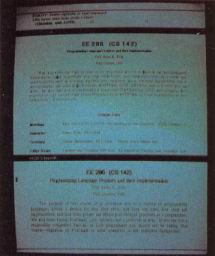
Examples of Alto software:
Bravo’s ability to change fonts (there
are hundreds of fonts for the Alto, from Gothic to Elvish Runes;
the central paragraph in this display has been changed to Greek).
The document in the bottom window has to been converted to the form
shown in the top window. |
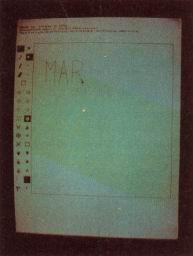
Use of the Draw program:
Points are placed with the cursor, and curves
and lines are filled in by the program. |
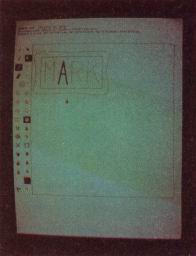
Use of the Draw program:
Lines may be "painted" with a variety of
“brushstrokes” (the cursor has changed to a small paintbrush). |
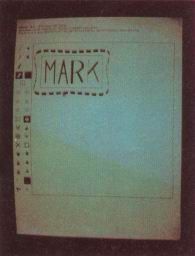
Use of the Draw program:
Texture is given to the lines; dotted lines
are created with the scissors cursor. |
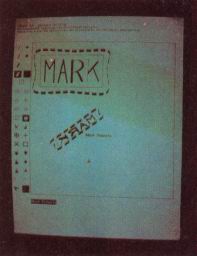
Use of the Draw program:
Picture may be mathematically manipulated;
a new figure may be created by reversing, tilting, or stretching a
copy of the original. |
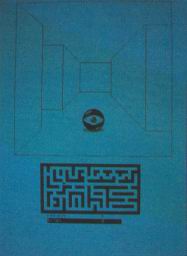
The multiplayer Mazewar game:
The eye represents the persona of an
opponent. Any Alto on the net can join or leave the game at any time. |
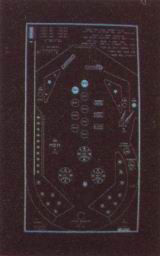
The Pinball game:
Flippers are actuated by the two shift keys; an
Alto port can be connected to a speaker to provide bells and buzzer
sounds. |
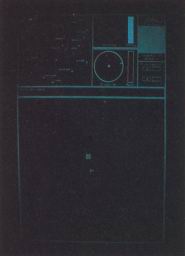
The multiplayer Trek program:
This game is played entirely under mouse
control. The lower portion of the screen shows a short-range sensor
scan; above is the long-range display, and navigation and weapons
controls. |

